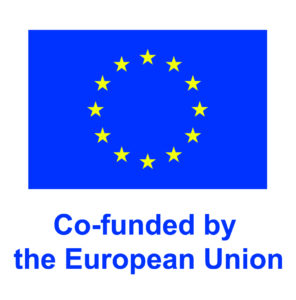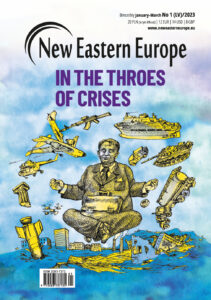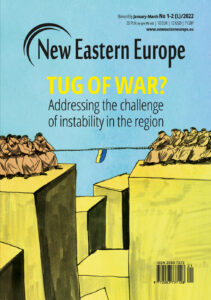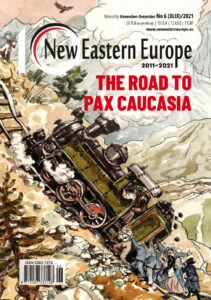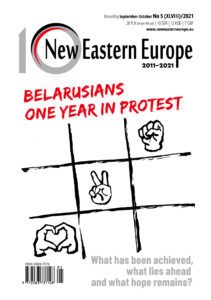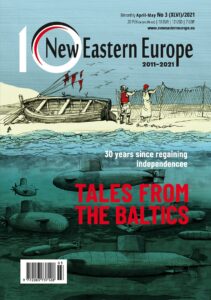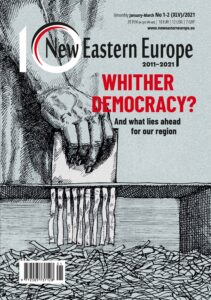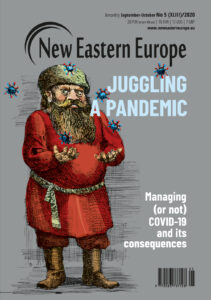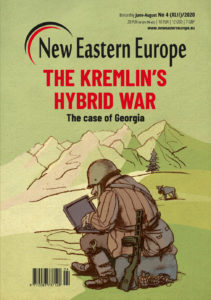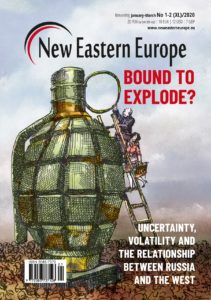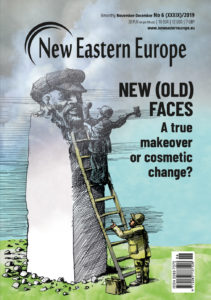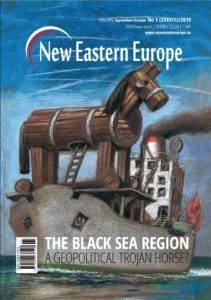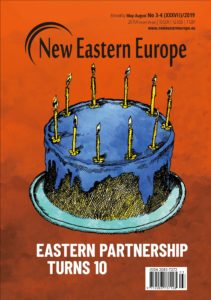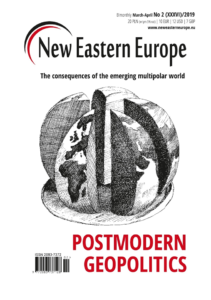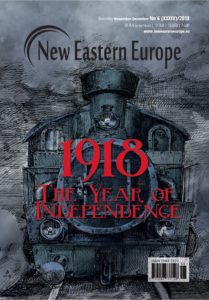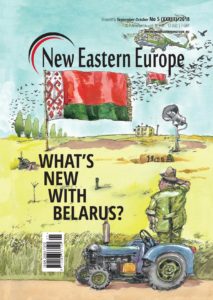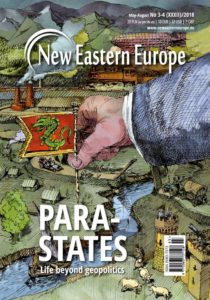The land of the warm breeze
The Polish city of Krosno was drenched in sunlight. For a few days the warm wind wafts from the mountain pass. That southern gale is characteristic of this part of the Subcarpathia, or podkarpackie in Polish. In the autumn the wind brings beautiful, warm weather. Scholars call it a tunnelling wind to distinguish it from the foehn wind, or halny as it is called in the Polish Tatra Mountains. The wind follows the path once used by military troops and trading caravans – the lowest part of the bend of the Carpathian Mountains in the Dukla Pass. Today, the pass is known as expressway S19, the road that once served as the route through which Hungarian wines were brought to Poland.
January 2, 2019 -
Katarina Novikova and Wiktor Trybus
-
Issue 1 2019MagazineStories and ideas

A mosaic showing today’s Hungary, overlaid on it is the map of Hungary from before the Treaty of Trianon. The patriotic mosaic is purposefully large in size so it can be seen from the platforms of the railway station located on the opposite side. Photo: Wiktor Trybus




